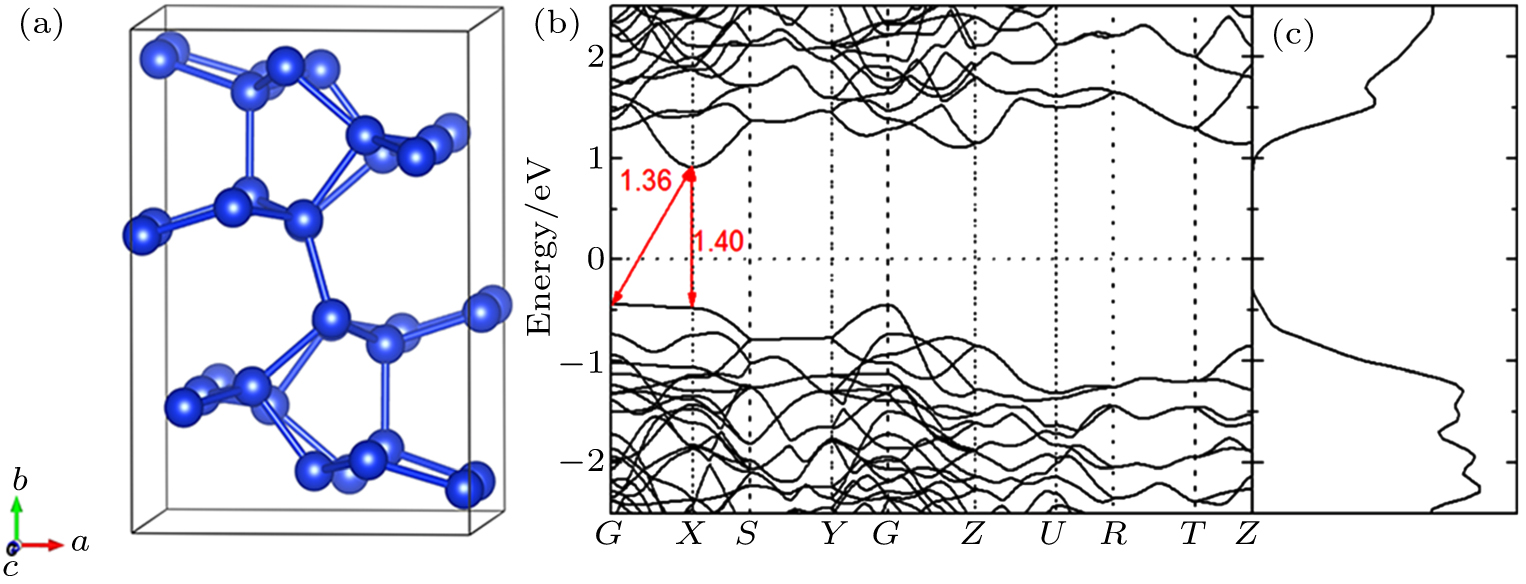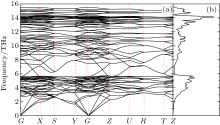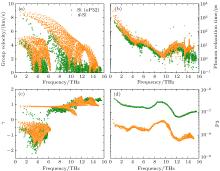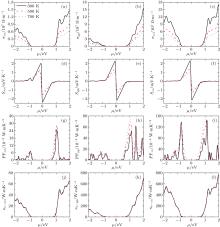| [1] |
|
| [2] |
|
| [3] |
|
| [4] |
Ouyang Y, Zhang Z, Li D, Chen J, Zhang G 2019 Annalen der Physik 531 1800437 DOI: 10.1002/andp.v531.4 |
| [5] |
|
| [6] |
|
| [7] |
Heremans J P, Jovovic V, Toberer E S, Saramat A, Kurosaki K, Charoenphakdee A, Yamanaka S, Snyder G J 2008 Science 321 554 DOI: 10.1126/science.1159725 |
| [8] |
|
| [9] |
Zhao L D, Lo S H, Zhang Y, Sun H, Tan G, Uher C, Wolverton C, Dravid V P, Kanatzidis M G 2014 Nature 508 373 DOI: 10.1038/nature13184 |
| [10] |
|
| [11] |
|
| [12] |
|
| [13] |
Broido D A, Malorny M, Birner G, Mingo N, Stewart D A 2007 Appl. Phys. Lett. 91 231922 DOI: 10.1063/1.2822891 |
| [14] |
Boukai A I, Bunimovich Y, Tahir-Kheli J, Yu J K, Goddard Iii W A, Heath J R 2008 Nature 451 168 DOI: 10.1038/nature06458 |
| [15] |
Hochbaum A I, Chen R, Delgado R D, Liang W, Garnett E C, Najarian M, Majumdar A, Yang P 2008 Nature 451 163 DOI: 10.1038/nature06381 |
| [16] |
Bux S K, Blair R G, Gogna P K, Lee H, Chen G, Dresselhaus M S, Kaner R B, Fleurial J P 2009 Adv. Func. Mater. 19 2445 DOI: 10.1002/adfm.v19:15 |
| [17] |
Wang Q, Xu B, Sun J, Liu H, Zhao Z, Yu D, Fan C, He J 2014 J. Am. Chem. Soc. 136 9826 DOI: 10.1021/ja5035792 |
| [18] |
Kim D Y, Stefanoski S, Kurakevych O O, Strobel T A 2015 Nat. Mater. 14 169 DOI: 10.1038/nmat4140 |
| [19] |
|
| [20] |
|
| [21] |
He C, Zhang C, Li J, Peng X, Meng L, Tang C, Zhong J 2016 Phys. Chem. Chem. Phys. 18 9682 DOI: 10.1039/C6CP00451B |
| [22] |
|
| [23] |
|
| [24] |
Tang Z, Litvinchuk A P, Gooch M, Guloy A M 2018 J . Am. Chem. Soc. 140 6785 DOI: 10.1021/jacs.8b03503 |
| [25] |
|
| [26] |
|
| [27] |
|
| [28] |
|
| [29] |
|
| [30] |
Ouyang T, Zhang P, Xiao H, Tang C, Li J, He C, Zhong J 2017 J. Phys. D: Appl. Phys. 50 425501 DOI: 10.1088/1361-6463/aa8526 |
| [31] |
Zhang P, Ouyang T, Tang C, He C, Li J, Zhang C, Hu M, Zhong J 2018 Model. Simul. Mater. Sci. Eng. 26 085006 DOI: 10.1088/1361-651X/aae401 |
| [32] |
|
| [33] |
|
| [34] |
|
| [35] |
|
| [36] |
|
| [37] |
|
| [38] |
|
| [39] |
|
| [40] |
|
| [41] |
|
| [42] |
Fan D D, Liu H J, Cheng L, Jiang P H, Shi J, Tang X F 2014 Appl. Phys. Lett. 105 133113 DOI: 10.1063/1.4897349 |
| [43] |
|
| [44] |
|
| [45] |
|
| [46] |
|
| [47] |
Venkatasubramanian R, Siivola E, Colpitts T, O’Quinn B 2001 Nature 413 597 DOI: 10.1038/35098012 |
| [48] |
|
 ), Chao Tang(唐超)1, Chao-Yu He(何朝宇)1, Jin Li(李金)1, Chun-Xiao Zhang(张春小)1, Jian-Xin Zhong(钟建新)1,‡(
), Chao Tang(唐超)1, Chao-Yu He(何朝宇)1, Jin Li(李金)1, Chun-Xiao Zhang(张春小)1, Jian-Xin Zhong(钟建新)1,‡( )
)











